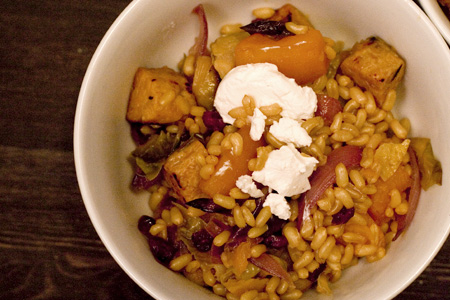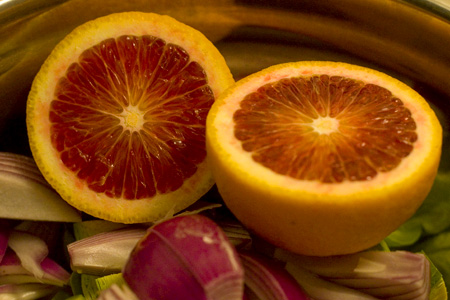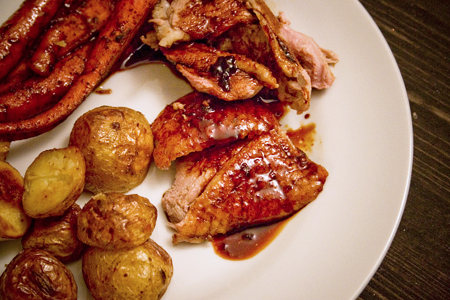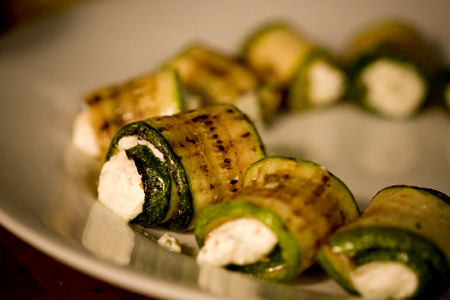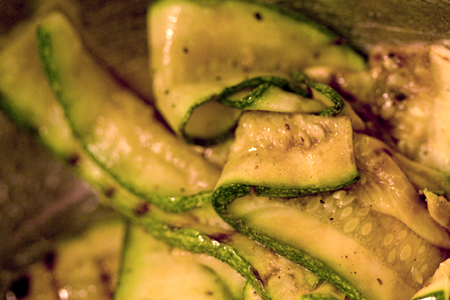
Whether you need something health(ier) to serve at a Super Bowl gathering, or just a comforting meal after a tough winter week, these are just the ticket. While these aren't quite as quick as picking up meatball subs from Speedy Linguine down the road, they won't weight you down as much. The recipe makes a giant pot—we'll have them for quite a few meals since they freeze and reheat well. I love how the bread soaks up extra sauce, but when you get tired of meatball sandwiches, you could also serve the meatballs and sauce over greens or pasta.
My friend Laura taught me this method of making meatballs—there really is no need to fry them. They cook up in the sauce in half an hour, absorbing the lovely flavors of tomato and wine while they simmer. Turkey works great; they are completely satisfying without unnecessary fat. I also added a bit of ground buffalo since they were selling it at the butcher counter, but you can make these all-turkey, or mix turkey and beef or pork or lamb. Mixing the meatball mixture by hand really is best—it might be a good time to take off (and clean!) any rings you're wearing rather than filling all their creases with raw meat. (Yum!)

You could make this with homemade sauce if you've got it around, but a jar of your favorite brand works as a great base for this quick doctored up version. If you're really pressed for time, just use the jarred stuff, making sure it's really simmering before you add the meat.
Open Faced Turkey Meatball Sandwiches
Serves at least four
Doctored Spaghetti Sauce
1 T olive oil
1 onion, chopped
1 cup mushrooms, sliced
1 T tomato paste
2 cloves garlic, sliced
1/2 tsp each dried oregano and basil
1/3 bottle dry red wine
1 can diced tomatoes
2 jars spaghetti sauce (I like Barilla)
Saute onions in olive oil in large dutch oven a minute or two. Add mushrooms, saute until onions become translucent. Add tomato paste, stir and let caramelize slightly. Add garlic, oregano and basil, and use wine to deglaze, scraping bits from the bottom of the pan. Add tomatoes and spaghetti sauce, stir and let simmer 20 minutes while you make meatballs.
Light Meatballs
1 lb ground turkey
1/2 lb ground buffalo
3/4 cup panko or breadcrumbs
1/4 cup grated hard cheese (romano is good)
1 egg, beaten
2 cloves garlic, chopped
herbs—a teaspoon total: try basil, oregano, thyme, fennel seed
salt and pepper
Doctored spaghetti sauce: use recipe above, or do however you like it.
In a large bowl, gently mix all ingredients above (except sauce) with your hands. Try not to overmix. Roll lightly in your hands to form small balls, do not squeeze together too much. Collect meatballs on tray, cookie sheet, or cutting board as you complete them. Add to simmering sauce. Bring sauce to a bubble. Simmer uncovered for 30 minutes, stirring twice. Check one to make sure meatballs are cooked through before serving. Add salt and pepper to taste.
For sandwiches:
1 baby baguette or hoagie roll per person
Meatballs in sauce
Parmagian or Romano for grating.
Slice bread in half, removing some of the bread filling in each half if you desire. Ladle meatballs and sauce onto each bread half. Top with freshly grated cheese. Serve with fork and knife.





